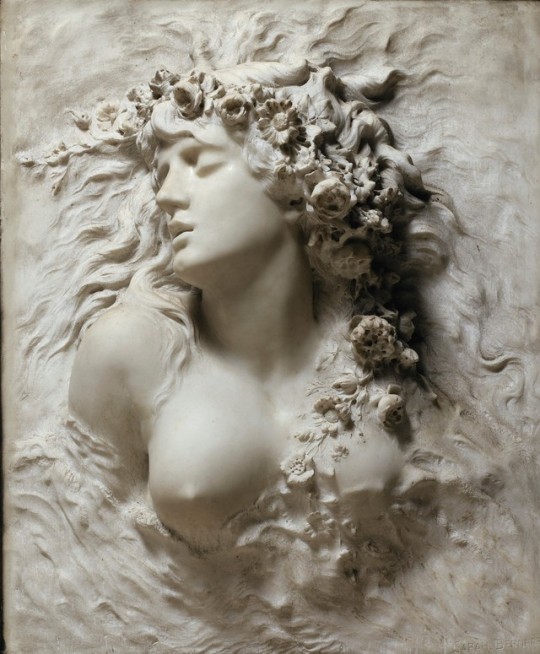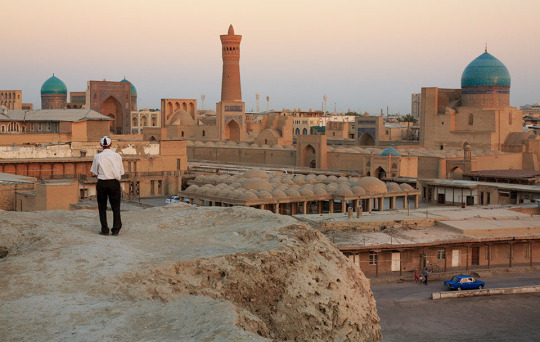Text

31 notes
·
View notes
Text
R.I.P Reita. Shine bright among the stars.



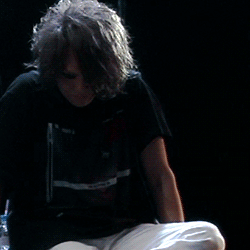
the GazettE's reaction to Reita crying
1K notes
·
View notes
Photo

Male nude and other studies, 1858, Gustave Moreau
44 notes
·
View notes
Photo
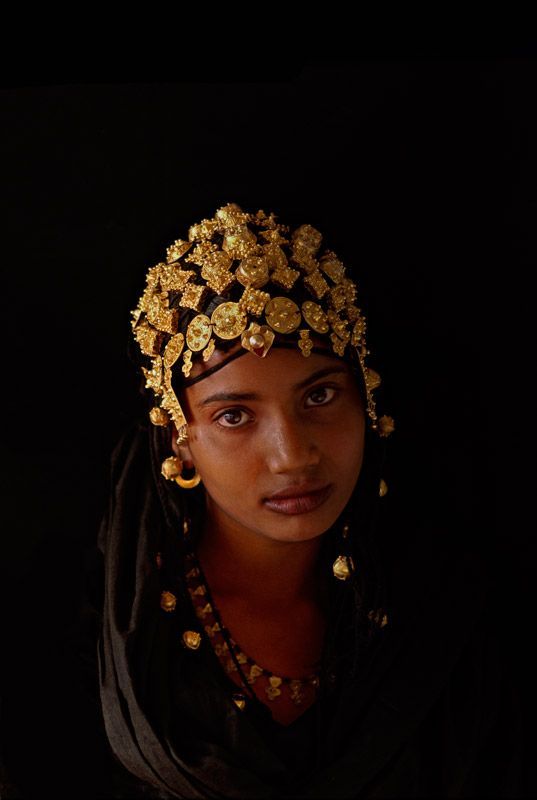
Tuareg woman in Timbuktu, Mali
Photographer: Patrick de Wilde
2K notes
·
View notes
Photo
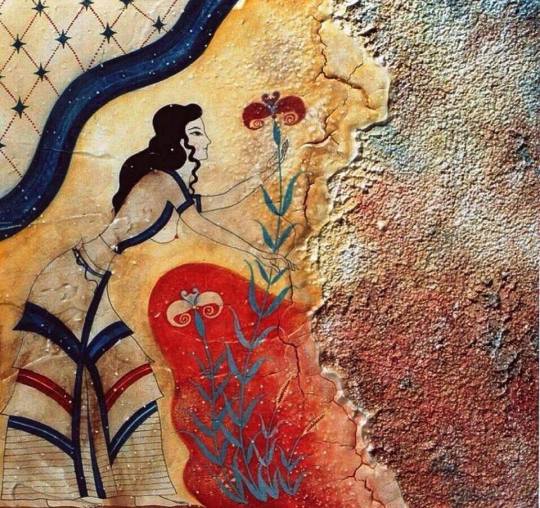
Minoan fresco. Aktotiri settlement, Thira, Greece
6K notes
·
View notes
Photo
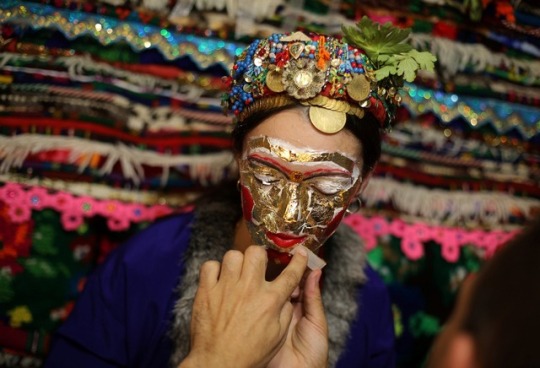

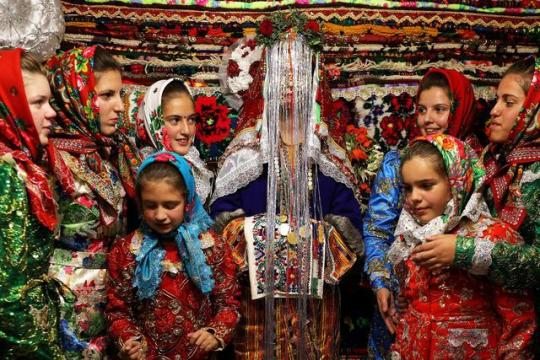
Bulgarian Muslim bride Dhzemile Lilova, 30, poses with friends and relatives in front of the dowry, wearing a special make-up called “ghelina” during her wedding ceremony in the village of Draginovo, Bulgaria on October 13, 2017. The traditional wedding ritual is held among Pomaks – Slavs who converted to Islam under Ottoman rule. The highlight of the ceremony is the painting of the bride’s face, where in a private rite her face is covered in white face cream and decorated with gold flakes and colourful sequins. (Stoyan Nenov/Reuters)
1K notes
·
View notes
Photo
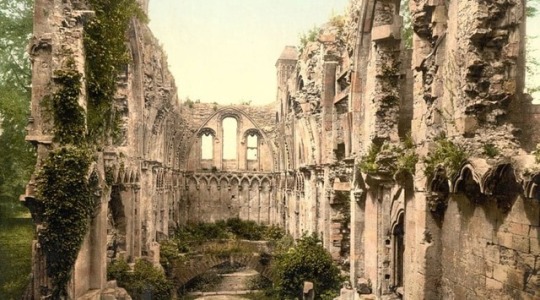
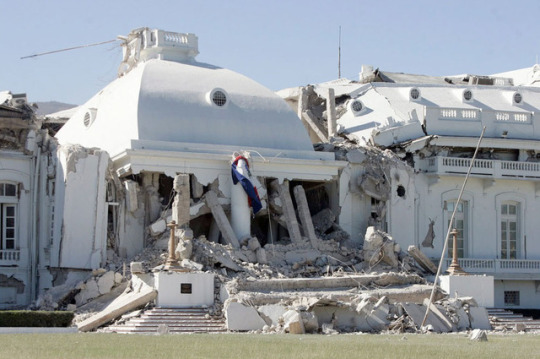
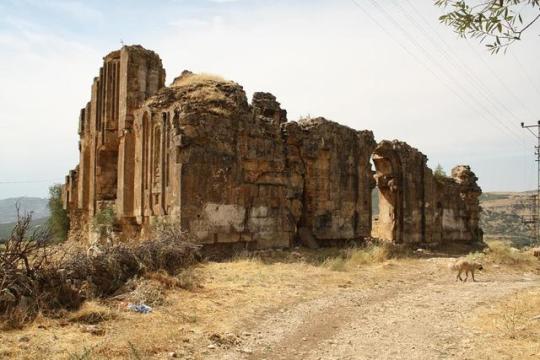


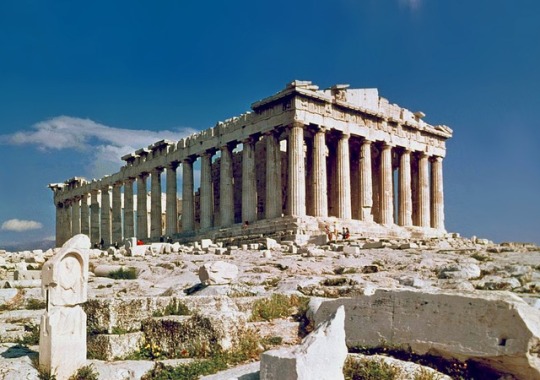
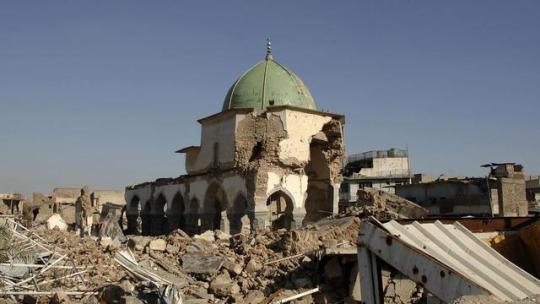
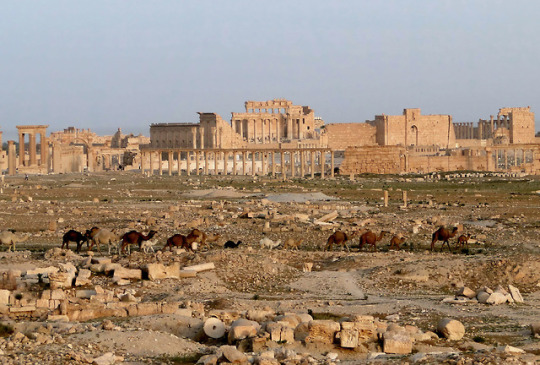

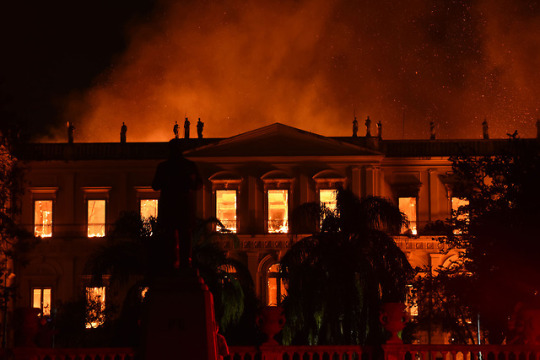
To me, some of the responses to the Notre-Dame fire seemed very short-sighted. It’s neither the end of the world nor something to be celebrated. I was listening to two Syrian men being interviewed about the destruction in their country, and they said ‘it’s controversial, you could see it as selfish to look at the loss of some stones and not the loss of people - but it’s still a sadness. It’s a kind of regret, it’s not the same grief as when people die. The feeling of sadness is even greater when you realise the country has not been only losing its future, but also a significant part of its past.’ It’s ok to feel grief and loss when a part of a people’s history and shared heritage is lost, and I don’t really think it’s excusable to mock anyone who mourns these events, or celebrate them happning because of the wrongs that have been commited, historically and in modernity, by some social or political elements of the same society. That kind of black and white thinking plays exactly into the same repeating narrative of retribution, blame and further loss. In light of what I have heard and read the past few days, good and bad, I have made a post to highlight some of the other lost, ransacked, gutted, broken buildings and monuments, great and small, from other cultures across the world. From top to bottom they are:
The Ruins of Glastonbury Abbey, England, destroyed during the Dissolution of the Monasteries in the 16th Century
The National Palace, Haiti, destroyed by earthquake in 2010
Ergen Church, Armenia, abandoned by the 1700′s and damaged during the second world war.
Tunkasila Sakpe (the Six Grandfathers), USA, taken illegally from the Lakota Sioux Nation and carved into mount rushmore between 1927-1941.
The Dresden Frauenkirche, Germany, destroyed in the bombing of Dresden and left as a war memorial. Rebuilt in the 1990′s as a symbol of a re-unified Germany.
The Parthenon, Greece, damaged extensively in the Turkish War of the 17th century, then defaced and looted by Thomas Bruce, 7th Earl of Elgin in the 19th century.
The Great Mosque of al-Nuri, Iraq, which stood for over 850 years before being destroyed during the Battle of Mosul, 2017.
The Ancient City of Palmyra, extensively destroyed from 2015 onwards during the Syrian Civil War.
The Glasgow School of Art, Scotland, destroyed in two fires between 2014 and 2018.
The National Museum of Brazil, Brazil, Destroyed by fire in 2018.
5K notes
·
View notes
Photo
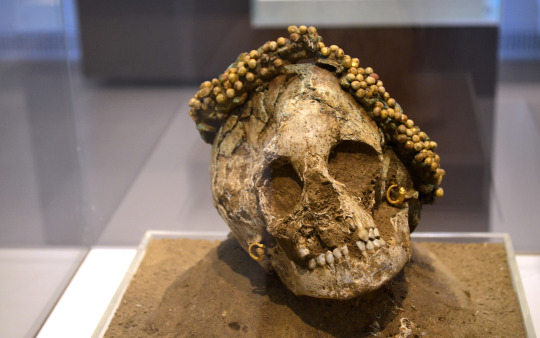
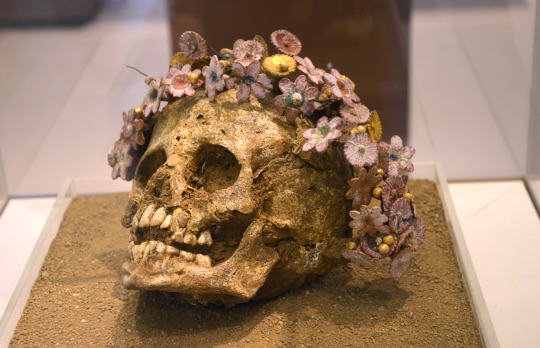
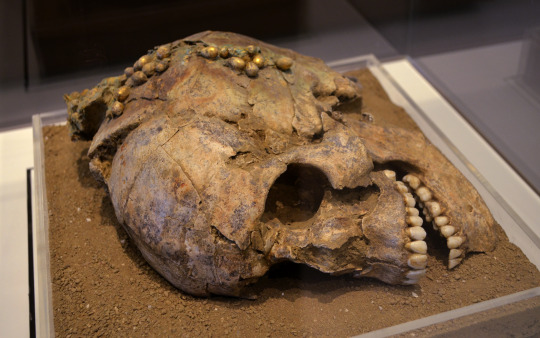
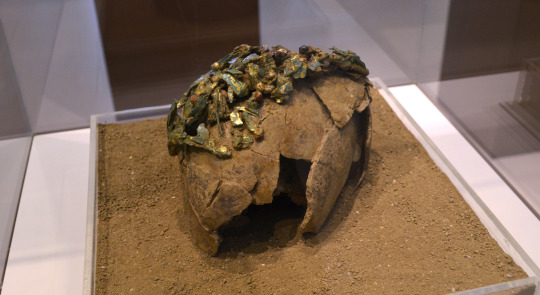
Archaeological Museum of Patra:
Four crowned skulls of two little girls, and two women, from the North Cemetery in Patras, from the Hellenistic Period.
The first skull bears a wreath of gilded myrtle fruits. The deceased wore golden earrings. (300-275 B.C)
The second skull bears a wreath of fruits and myrtle flowers. The flowers are earthen, some gilded and others in a variety of colors. (late 4th-3rd cent. B.C)
The third skull bears a gilded myrtle wreath, where apart from the leaves, some of the small fruits have survived as well.
The fourth skull is also decorated with a gilded myrtle wreath. The shaft is made of lead and has been also perforated. Gilded bronze leaves and earthen fruits were attached to the small holes.
A detail from the heads of the two little girls. Damages to the skulls might have occured posthumously- it was not specified in the tags.
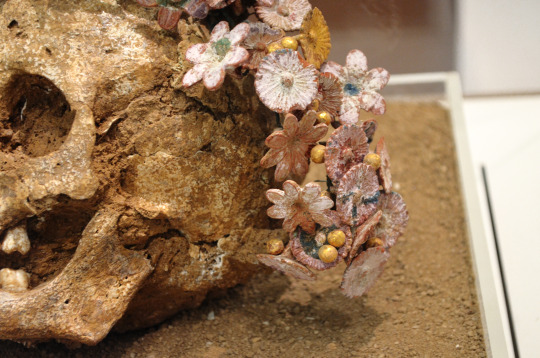
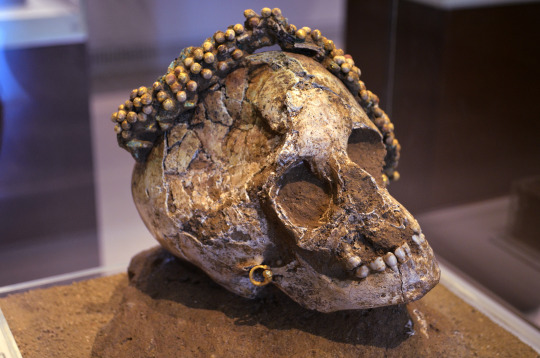
I have seen many luxurious funerary wreaths, made of gold, with extraordinary craftmanship, they are a particular trait of the burials of the Hellenistic period, and these burials were of particularly wealthy, aristocrats of the (Greek) Macedonian elite, usually families of soldiers associated with the campaigns of Alexander the Great. They were discovered either in ornately painted built tombs, under raised mounds, or well built cist graves, who often would also be decorated with painting.
But these burials of commoners, those wreaths of painted, clay flowers are the most touching of them all. It just shows you the exceptional love and care that existed in those ancient families.
6K notes
·
View notes
Text
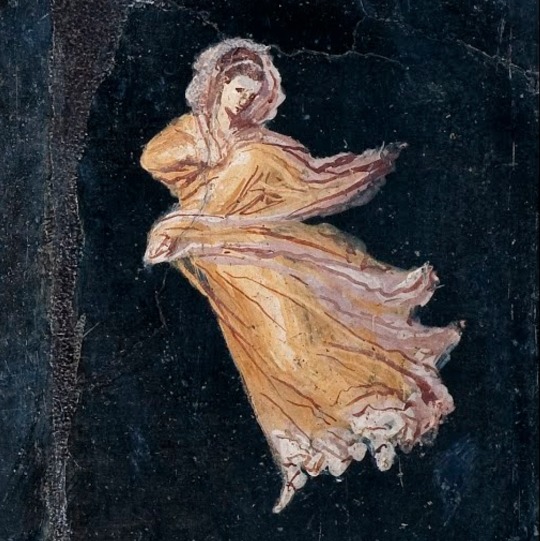
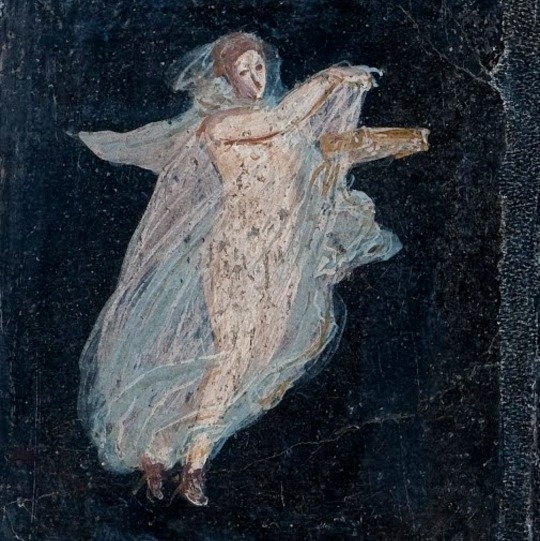
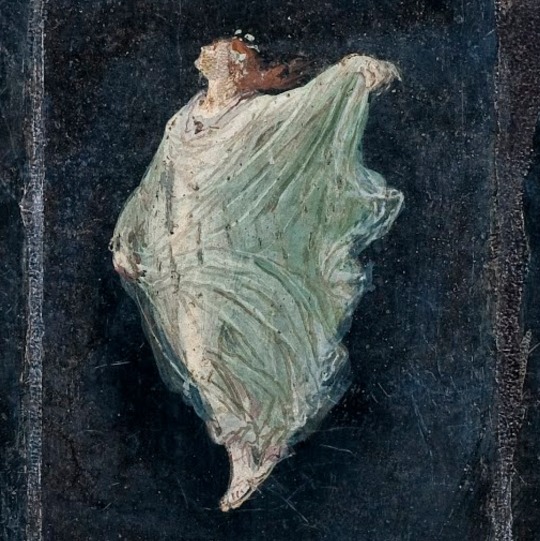
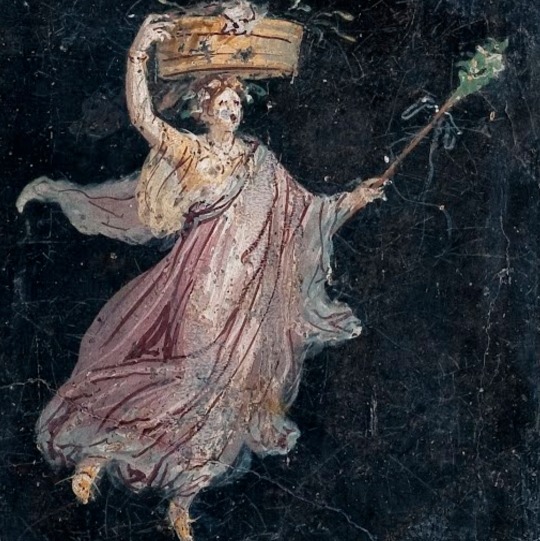
Danzatrici (I sec.), dalla Casa di Cicerone - Pompei, Museo Archeologico Nazionale, Napoli.
12K notes
·
View notes
Photo
"Nothing can be loved or hated unless it is first understood."
~Leonardo Da Vinci~




Details of studies by Leonardo da Vinci
7K notes
·
View notes
Text
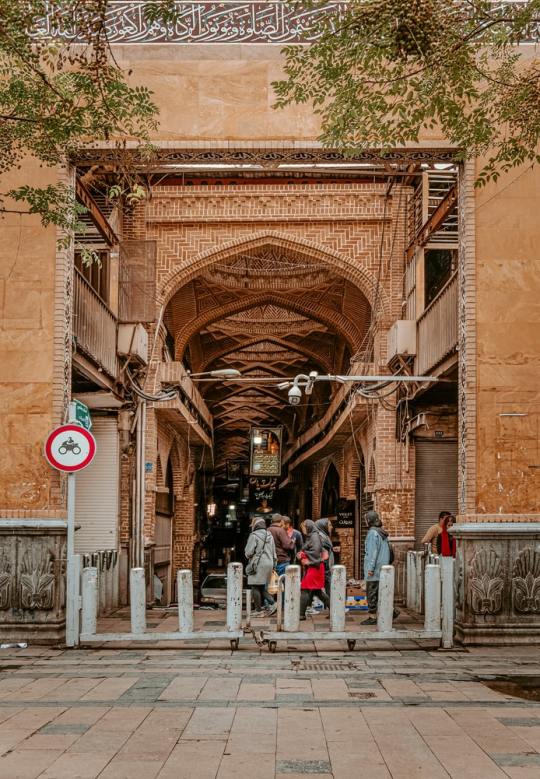
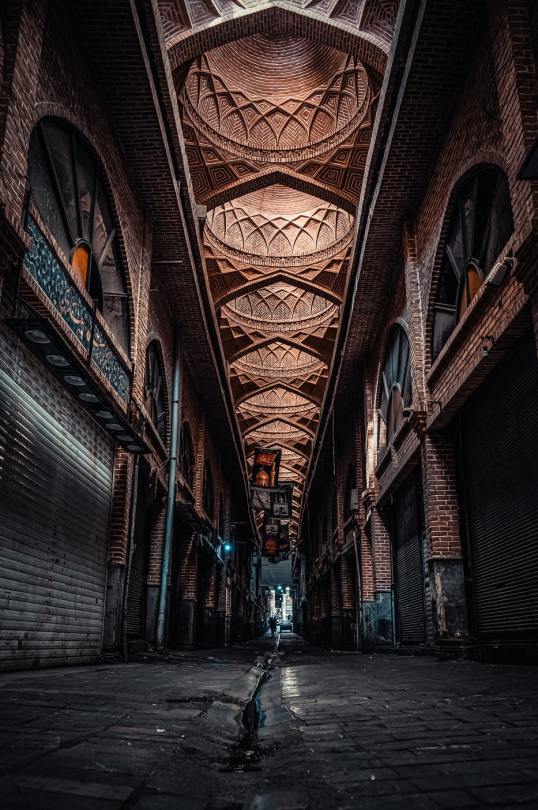
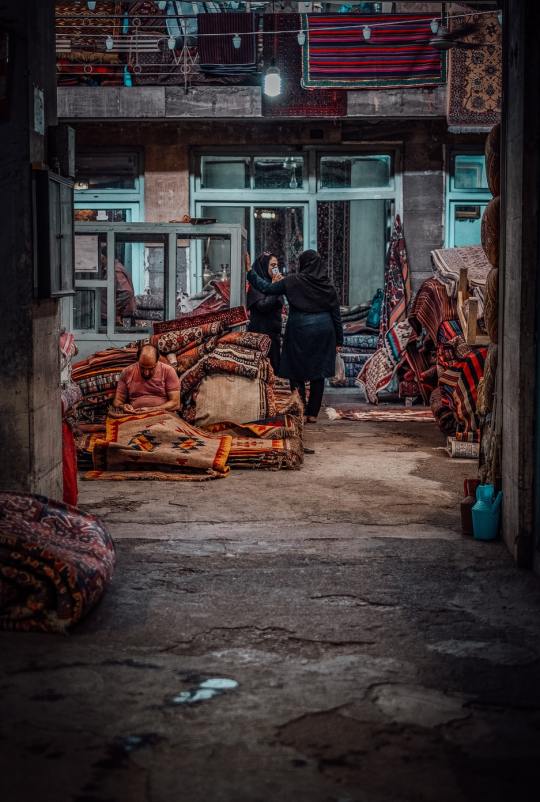
Tehran Grand Bazar/ Tehran/ Iran
Photographer: omid amin
793 notes
·
View notes
Photo
We lost a true genius. The kind of genius that can bring sound to dreams, stories and worlds, and make them unique. Goodbye maestro 🥀

In memoriam to one of the greatest composers - Ennio Morricone.
(Born: 10 November 1928, Rome, Italy - Died: 6 July 2020, Rome Italy.)
133 notes
·
View notes
